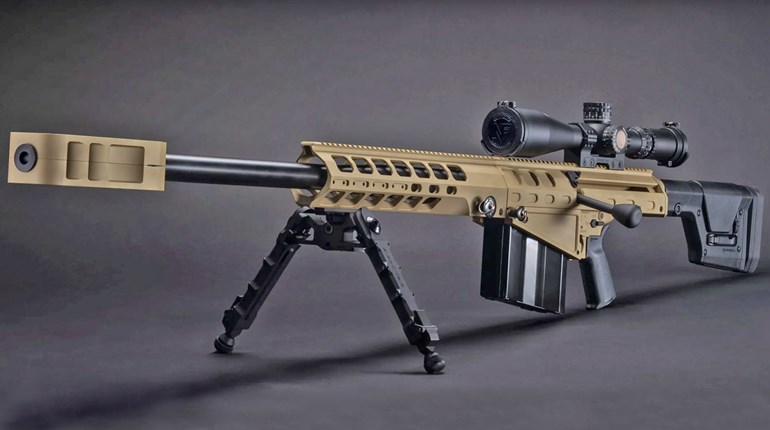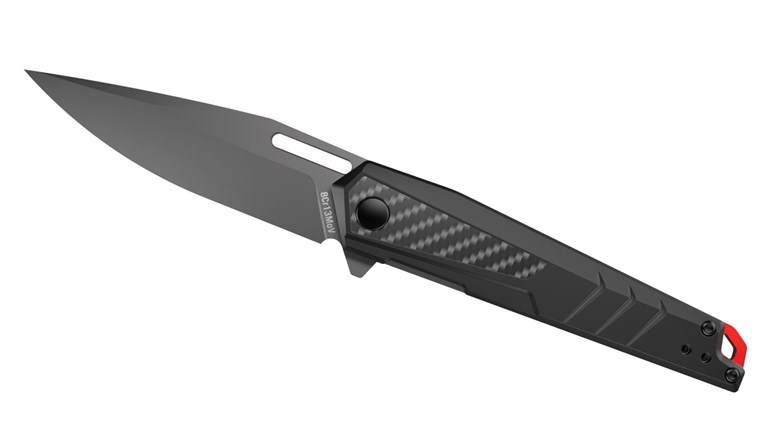
The sense of victory I experienced having successfully modified the flash hider to accept an externally-threaded barrel was short lived. The modifications to the pistol portion of my U.N.C.L.E. Special were virtually complete (bobbing the hammer would come after function testing.) I headed to the range where it displayed two types of malfunctions. Shooting two brands (USA and WWII-era Western Cartridge, M1 Ball) 115-grain FMJ, the pistol would either fail to fully cycle a new cartridge, sending the slide into partial battery. Or, the slide would fail to strip a cartridge from the magazine entirely, allowing the firing pin to fall on an empty chamber when the trigger was pulled.

The pistol didn't exhibit such behavior prior to conversion, the short-cycling had to be the result of modifying the barrel. Since shorter barrels have less room for powder to burn when ignited, less gas pressure is created to cycle the action, which alters the slide's travel and cycling behavior due to less resistance—AKA inertial mass. In search of a solution, I decided to research other post-war P38 variants for an answer. A partiular one with a similar barrel length—the Walther P5—came instantly to mind. Luckily, I had to venture only as far as my gun safe to have a peak inside one (It would also come in handy later). I suspected the P5's recoil springs had been modified in order to accomodate the difference in and pressure resulting from the reduced barrel. In so, comparing the springs might offer a clue of perhaps a pattern. Sadly, the P5 springs were virtually identical in length and coils appeared to constucted of a different gauge steel—leaving no other alternative than to alter the existing P38 springs.

I trimmed the recoil springs to lessen the effects of the slide's inertial mass, allowing it to compensate for the reduced pressure impulse created by the newly shortened barrel, thereby enabling the slide to cycle fully. The process proved quite time-consuming, but in the end the pistol ran hassle free. However, fixing it created another problem. Given the significant back-pressure created when using a suppressor on a firearm, using one with the trimmed springs would likely cause excessive wear by battering the pistol—doubly so when using the suppressor and carbine barrel together—the solution? Either switch to a second set of heavier recoil springs for use with carbine/suppressed shooting, or purchase a second pistol—a dedicated U.N.C.L.E. carbine. Considering the arduous nature of swapping P38 recoil springs—along with the lack of alternatives—I began to see a braced pair of "S" and "K" designated U.N.C.L.E. Specials in my future. (Oddly enough, the second U.N.C.L.E. Special I built didn't short-cycle after its barrel was shortened). Who says firearms aren't finicky?






































